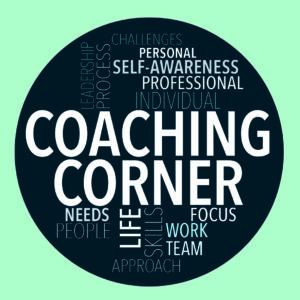The Challenge
Jan is the CFO of a very dynamic multinational company. This role has historically been suited to Jan’s technical capabilities and temperament. Highly intelligent and known for risk-taking, Jan has enjoyed significant success in the past. But there is an issue:. Jan finds it difficult to take the counsel of colleagues — and this is particularly true with subordinates. Jan tends not to listen to others and can be very stubborn in terms of decision-making. Recently, this has come to a head.
One of the finance managers on Jan’s team has voiced concerns about foreign currency fluctuations and…



